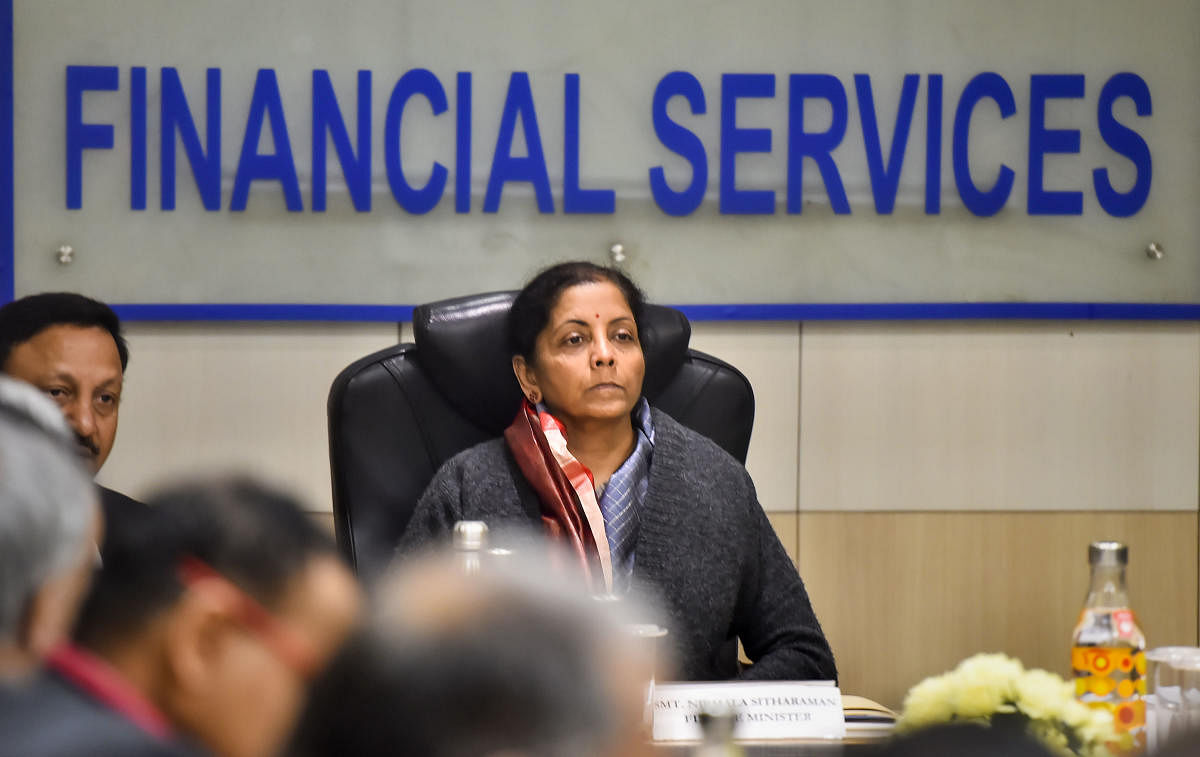
Payments made through indigenously developed digital gateways such as RuPay Debit card, UPI QR code, BHIM UPI and Aadhaar Pay will BE CHEAPER FROM January 1 as they would no longer attract any Merchant Discount Rate (MDR) charges.
The move is aimed at further bolstering adoption of digital payment in the country, Finance Minister Nirmala Sitharaman said Saturday.
MDR is small charge on digital transactions. It is levied by banks or any other payment system to support their technology that powers digital payments between the sender banks and the receiver bank. As of now, MDR is paid by the merchant, who receives payments.
But merchants, in turn, pass on the MDR to customers as an additional charge. On UPI transactions, however, MDR is a little expensive of Rs 12-15 per transaction.
However, the government now proposes that MDR will be borne by supporting banks and the Reserve Bank of India.
All companies with a turnover of Rs 50 crore or more will be mandated by the Department of Revenue to provide the facility of payment through RuPay Debit card and UPI QR code to their customers, the minister said after a meeting with PSU bank heads.
A notification to effect will be issued in a day or two, she said. However, it was not clear is MDR paid by mobile wallet companies Paytm, GooglePay and PhonePe will benefit from the move.
An official said, “wait for the notification for details”.
In her July Union Budget, Sitharaman had said that the RBI and banks will absorb these costs (MDR) from the savings that will accrue to them on account of handling less cash as people move to these digital modes of payment.
Sitharaman also asked banks not to let the fear of three Cs -- CAG, CBI and CVC -- come in the way of their lending to industry.
She asked them to take decisions as per their own wisdom.
“In the recent past, banks have gone through a slightly worrying period. The fear of three Cs stopped them from taking bonafide decision,” she said.
"No case, no case whatsoever, involving the banks goes to CBI without the banks themselves deciding to send it here. There is no suo moto case which the CBI takes against the bank. So, let's be very clear in the understanding that banks have an internal committee, which look at fraudulent practices in certain accounts or certain cases and they have well-defined protocol for it," Sitharaman said.
"When banks' internal committee decide only then it goes for information to the Reserve Bank. Post that it gets referred to the CBI. And these are for Rs 3 crore or more suspicious fraudulent cases," she said, adding the banks should continue lending to industries.
Nirmala's assurance came in the wake of RBI, in its latest report, flagging concerns on reduced lending by banks to industry.
